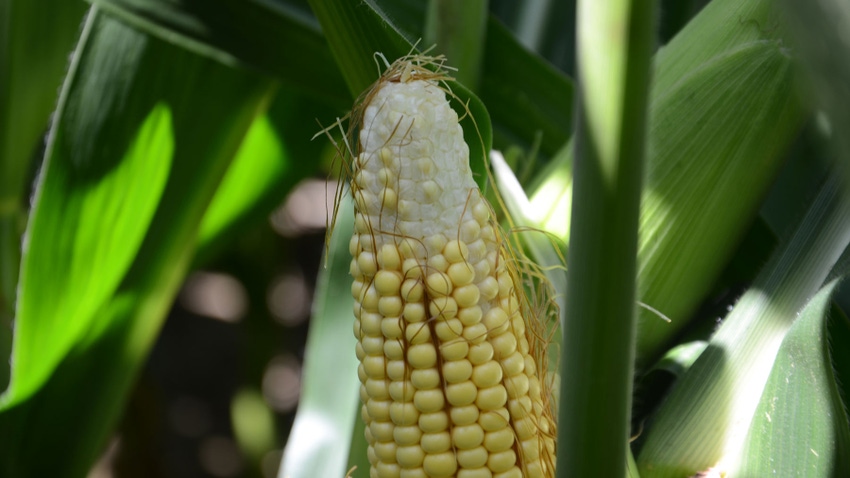June 20, 2023

Some areas of the Corn Belt went through a wet spring early before it dried out in May. It was cool in many areas, especially at night. I like to see our Corn Watch field in central Indiana planted earlier, but like last year, it was planted May 11. That is not late, but not early either, by my standards. However, in some earlier-planted fields this spring, we noticed that 3% to 4% of seedlings were affected by pythium due to cool, wet conditions, resulting in plant death.
How will pollination and grain fill be affected by these varying conditions, especially if foliar fungicides are not used or applied on time? Here is a brief refresher on what is important to corn plants as pollination and grain fill approach.
Proper pollination
Pollination is the most critical time for getting good kernel set. If pollination of some ovules is not successful due to stress, it could result in incomplete kernel set. Insects like Japanese beetles or corn rootworm beetles, which feed on pollen on silks, can interfere with pollination and reduce kernel set too.
If you see too many of these insects on silks, you may need to spray. The Purdue University Corn & Soybean Field Guide offers guidelines on how much silk clipping can occur before reaching a threshold where spraying pays.
Heat and drought stress can delay silk emergence and cause pollination problems. Late-emerging silks may not have any pollen left in the field for fertilization.
The first silks to emerge come from the butt of the ear, and the last silks emerge from the tip. So, kernels near the tip are more prone to be left out of pollination. That’s why you might consider planting hybrid pairs in alternate strips. Pair hybrids that are two to three days apart in pollen shed.
When pairing hybrids, use two from the same seed company to ensure they differ in days to pollen shed. Sometimes hybrids from different companies with different relative maturity ratings may be similar in days to pollen shed.
Plants don’t like to produce runts. If there’s stress during grain fill, plants abort the youngest kernels, causing tip dieback.
Grain fill period
The grain fill period is payoff time for the corn plant. It starts after completion of pollination. It usually takes 50 to 60 days after pollination to reach physiological maturity, or black layer. Exact timing depends upon relative maturity of hybrids and temperatures. A plant’s primary focus is to fully develop and mature as many kernels as possible.
Corn likes cooler temperatures and sufficient water during this critical period. Any stresses during grain fill will have a negative effect on yield. Severe heat, lack of moisture or disease stress during grain fill may cause plants to cannibalize stalks and leaves to fulfill needs of their progeny.
Black layer occurs at about 32% to 35% moisture, depending on the hybrid. Stress before black layer can cause kernel abortion and light test weight.
Stress doesn’t only mean too much heat or lack of moisture. Recently, researchers have discovered that too many cloudy days and lack of sunlight can stress plants, especially during grain fill before black layer. Ample sunlight is needed for maximum yields, too.
About the Author(s)
You May Also Like






